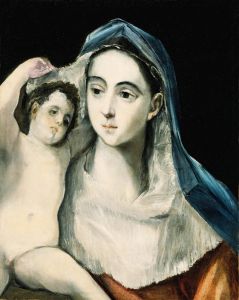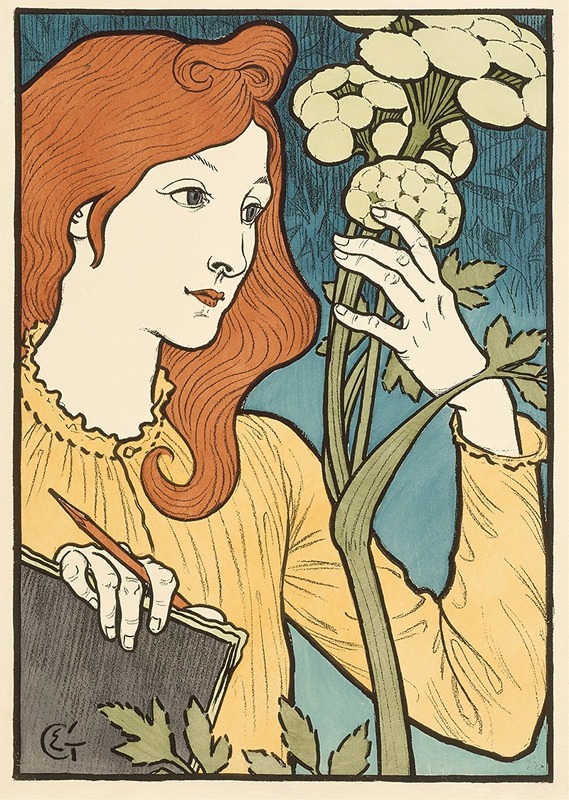
Salon des Cent
A hand-painted replica of Eugène Grasset’s masterpiece Salon des Cent, meticulously crafted by professional artists to capture the true essence of the original. Each piece is created with museum-quality canvas and rare mineral pigments, carefully painted by experienced artists with delicate brushstrokes and rich, layered colors to perfectly recreate the texture of the original artwork. Unlike machine-printed reproductions, this hand-painted version brings the painting to life, infused with the artist’s emotions and skill in every stroke. Whether for personal collection or home decoration, it instantly elevates the artistic atmosphere of any space.
"Salon des Cent" is a notable poster created by the Swiss-born French artist Eugène Grasset in 1894. Grasset, a prominent figure in the Art Nouveau movement, was known for his distinctive style that combined elements of medieval art with modern aesthetics. This particular work was designed to promote the Salon des Cent, an influential art exhibition held in Paris.
The Salon des Cent, which translates to "Salon of the One Hundred," was an exhibition space established by the literary and artistic review "La Plume" in 1894. It aimed to showcase the works of contemporary artists, providing a platform for both established and emerging talents. The exhibitions were held at 31 Rue Bonaparte in Paris and became a significant venue for the promotion of Art Nouveau.
Grasset's poster for the Salon des Cent is a quintessential example of Art Nouveau design. It features a striking composition with a central female figure, which was a common motif in Grasset's work. The woman is depicted in a flowing dress adorned with intricate patterns, embodying the elegance and decorative style characteristic of the period. Her serene expression and the harmonious lines of her form reflect the influence of Japanese art, which was highly regarded by Art Nouveau artists.
The background of the poster is equally detailed, with floral motifs and sinuous lines that create a sense of movement and organic growth. Grasset's use of color is notable for its subtlety and sophistication, employing a palette that includes muted greens, blues, and golds. This careful attention to color and detail helps to create a visually captivating image that draws the viewer's eye.
In addition to its aesthetic qualities, the poster also serves a practical purpose. It includes text that provides information about the exhibition, such as the name "Salon des Cent," the location, and the dates of the event. The typography is integrated seamlessly into the design, enhancing the overall composition rather than detracting from it.
Grasset's work on the Salon des Cent poster was part of a broader trend in the late 19th and early 20th centuries, where posters became an important medium for advertising and artistic expression. Artists like Grasset, Henri de Toulouse-Lautrec, and Alphonse Mucha elevated the poster to an art form, creating works that were both functional and beautiful.
The Salon des Cent itself played a crucial role in the development and dissemination of Art Nouveau. By providing a venue for artists to exhibit their work, it helped to popularize the style and bring it to a wider audience. The exhibitions were well-attended and received considerable attention from the press, contributing to the growing appreciation of Art Nouveau.
Eugène Grasset's poster for the Salon des Cent remains an iconic example of Art Nouveau design. It exemplifies the movement's emphasis on beauty, craftsmanship, and the harmonious integration of art into everyday life. Today, the poster is celebrated not only for its historical significance but also for its enduring aesthetic appeal.






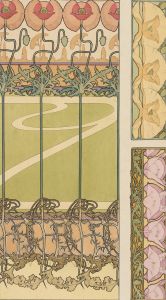

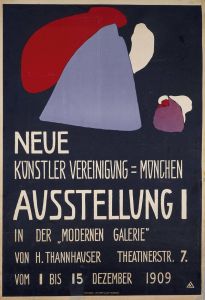
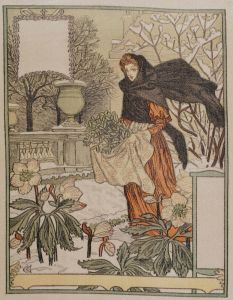
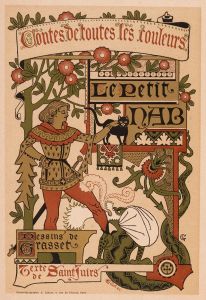
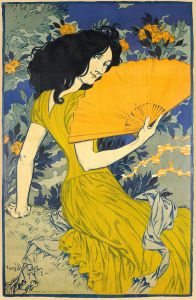
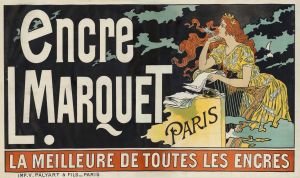
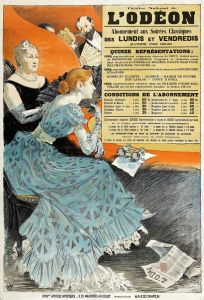
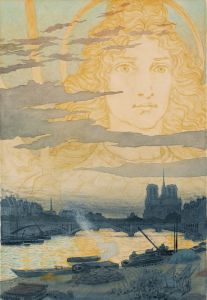
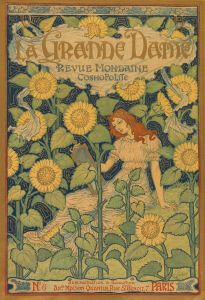

![Design for Figures of Music Building, New York World’s Fair, 1939.] [Elevation detail](/imgs/249284/s/winold-reiss-design-for-figures-of-music-building-new-york-worlds-fair-1939-elevation-detail-b48f5853.jpg)
